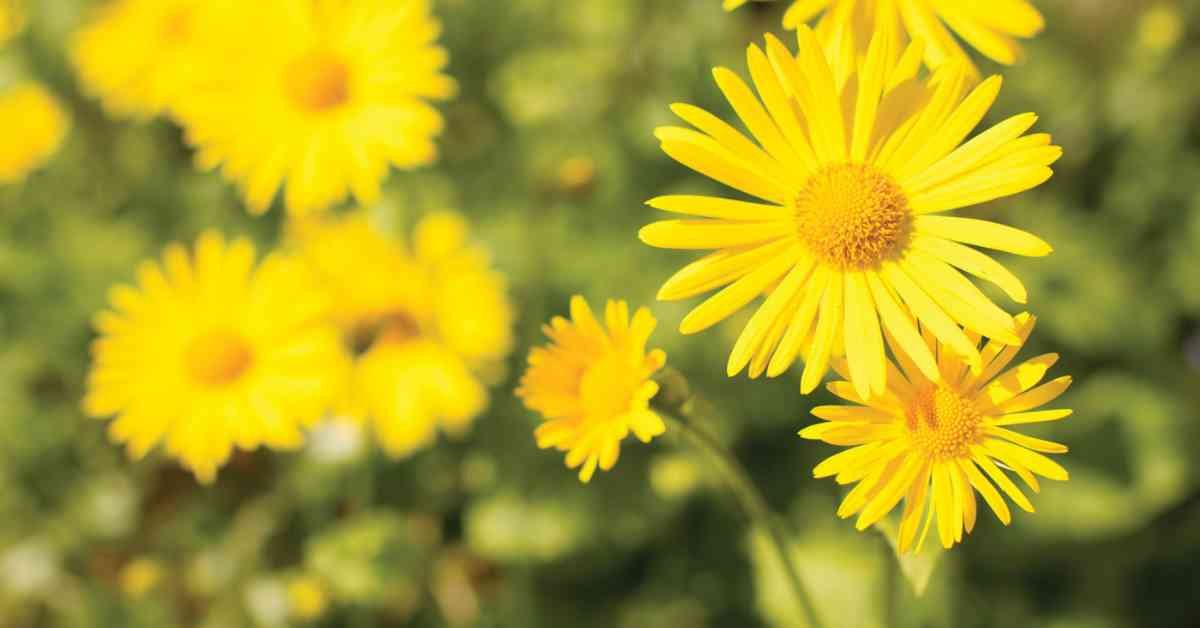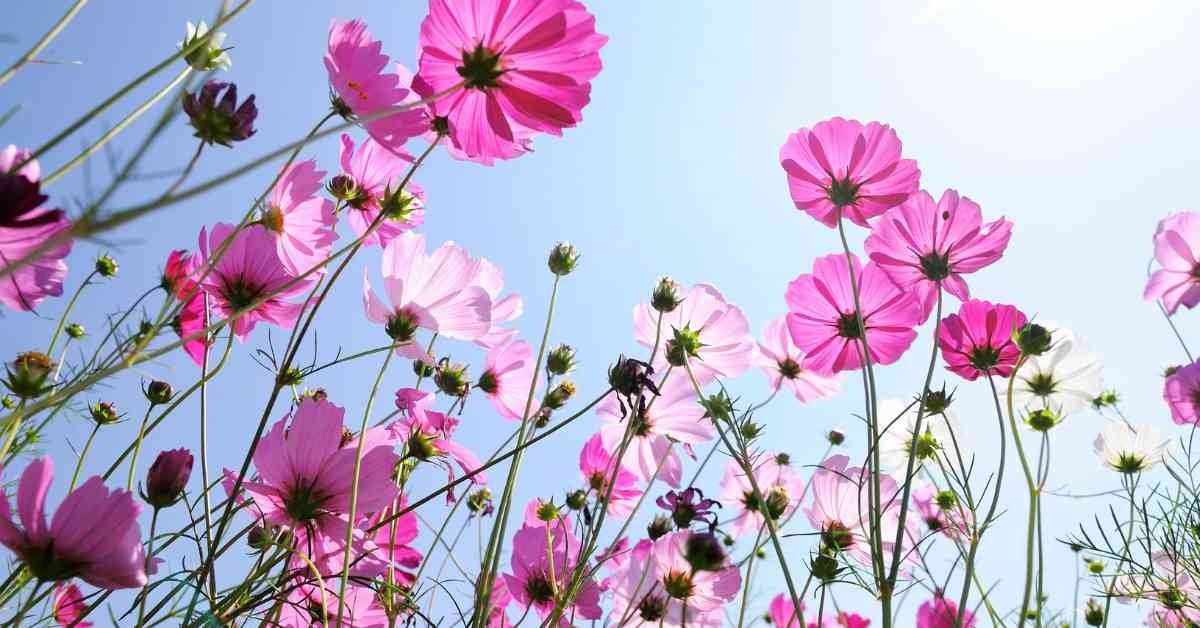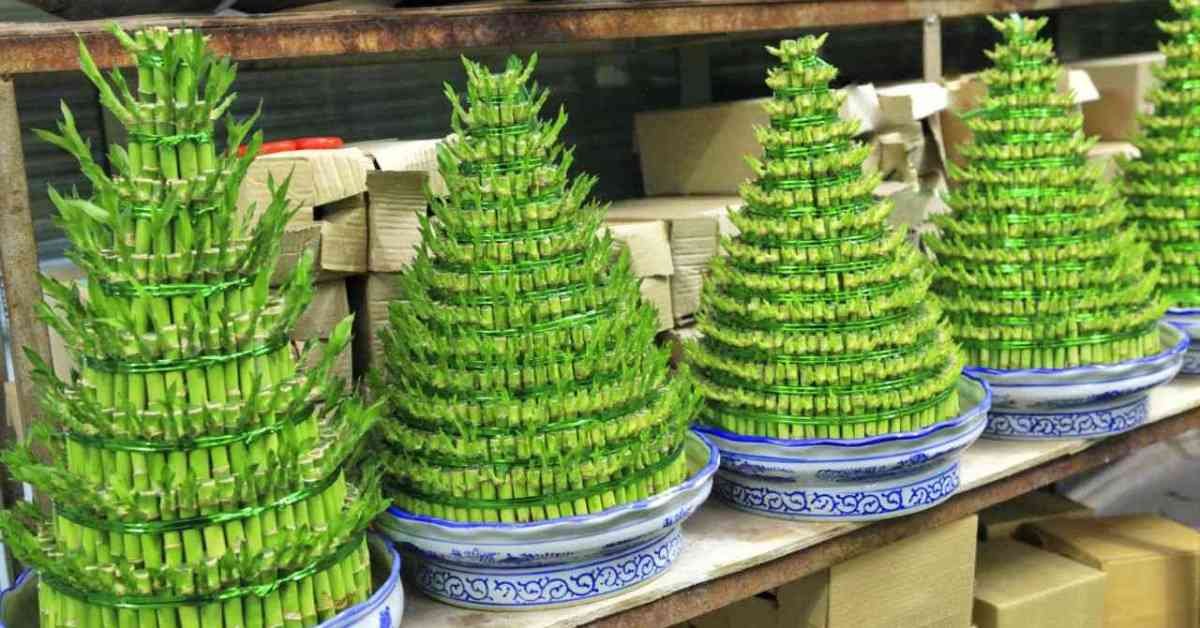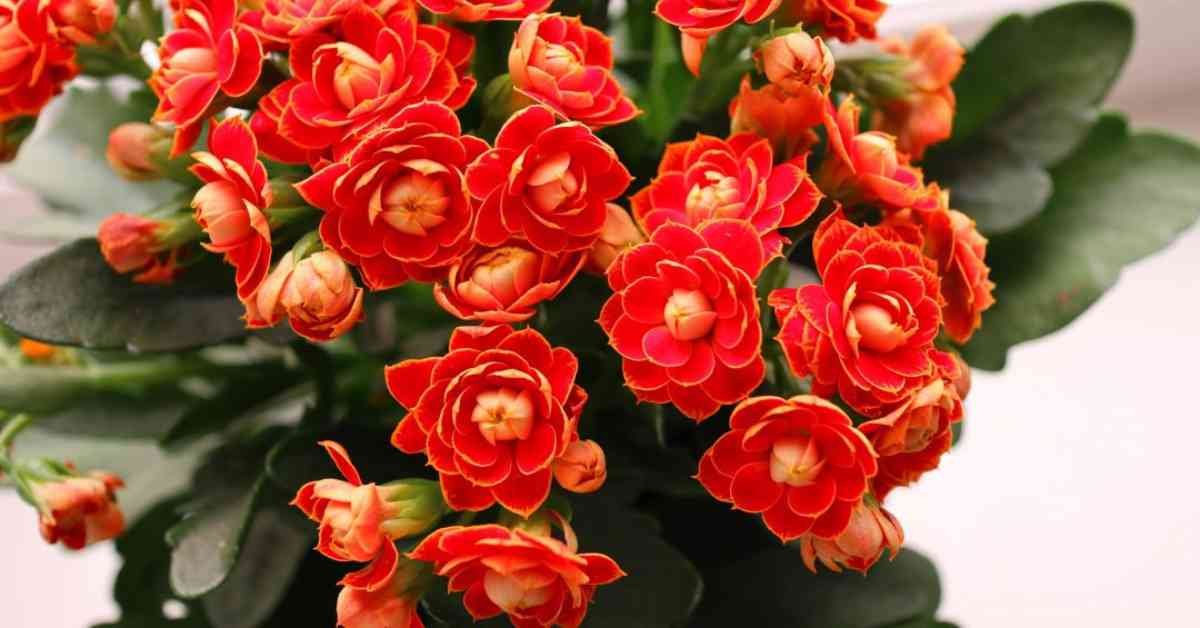Introduction
Yellow Flowers have always played a significant role in human culture, symbolizing various emotions, occasions, and natural beauty. Among the myriad of colors that flowers exhibit, yellow stands out for its bright, cheerful, and uplifting hue. Yellow flowers are often associated with positivity, energy, and happiness, making them a popular choice for various events and celebrations. This article delves into the world of yellow flowers, exploring their symbolism, varieties, cultural significance, and how to grow and care for them.
The Symbolism of Yellow Flowers
Yellow flowers carry a wealth of meanings and are often associated with the sun, light, and warmth. Here are some common symbolisms of yellow flowers:
- Joy and Happiness: Yellow flowers are synonymous with joy and happiness. Their bright color can instantly uplift one’s mood, making them a popular choice for celebratory occasions like birthdays and anniversaries.
- Friendship: Unlike red flowers, which are often linked to romantic love, yellow flowers symbolize platonic love and friendship. They are ideal for gifting to friends as a token of appreciation and care.
- New Beginnings: Yellow flowers can also represent new beginnings and optimism. They are often used in arrangements to celebrate new ventures, such as a new job, a move, or the start of a new chapter in life.
- Good Health: In some cultures, yellow flowers are given to wish someone good health and a speedy recovery. Their vibrant color is seen as a representation of vitality and well-being.
Popular Varieties of Yellow Flowers
There are numerous yellow flowers, each with its unique beauty and characteristics. Here are some of the most popular varieties:
- Sunflowers (Helianthus annuus): Known for their large, bright blooms that resemble the sun, sunflowers are a symbol of adoration, loyalty, and longevity. They thrive in full sun and well-drained soil.
- Daffodils (Narcissus): Daffodils are one of the first signs of spring, symbolizing rebirth and new beginnings. They prefer a sunny spot with well-drained soil and are relatively easy to care for.
- Yellow Roses (Rosa): Yellow roses represent friendship and joy. They are versatile and can be grown in gardens or containers, requiring plenty of sunlight and well-drained soil.
- Marigolds (Tagetes): Marigolds are vibrant annuals that are easy to grow and maintain. They symbolize warmth, creativity, and positive energy. Marigolds are often used in gardens to deter pests.
- Tulips (Tulipa): Yellow tulips symbolize cheerful thoughts and sunshine. They prefer cooler climates and need well-drained soil and full sun to thrive.
- Forsythia: This early spring bloomer is a deciduous shrub known for its bright yellow flowers. Forsythias are hardy and can grow in a variety of soil conditions, preferring full sun to partial shade.
- Yellow Carnations (Dianthus caryophyllus): Yellow carnations are associated with disappointment or rejection in some cultures, but they can also symbolize cheerfulness and exuberance. They prefer well-drained soil and full sun.
- Yellow Lilies (Lilium): These stunning flowers are often associated with thankfulness and desire for enjoyment. Lilies prefer full sun to partial shade and well-drained soil.
Growing and Caring for Yellow Flowers
Growing yellow flowers can be a rewarding experience, adding a splash of color and positivity to your garden. Here are some general tips for cultivating yellow flowers:
- Soil Preparation: Most yellow flowers prefer well-drained soil. Before planting, ensure the soil is enriched with organic matter like compost to provide essential nutrients.
- Sunlight: Yellow flowers generally thrive in full sun, requiring at least six hours of direct sunlight daily. However, some varieties can tolerate partial shade.
- Watering: While the watering needs vary among different species, a good rule of thumb is to water deeply and infrequently, allowing the soil to dry out between waterings to prevent root rot.
- Fertilizing: Regular feeding with a balanced fertilizer can promote healthy growth and abundant blooms. Follow the specific fertilizing instructions for each flower type.
- Pruning and Deadheading: Regular pruning and deadheading (removing spent flowers) can encourage new growth and prolong the blooming period. This practice also helps maintain the plant’s shape and health.
- Pest and Disease Control: Keep an eye out for common pests and diseases. Use natural or chemical treatments as necessary to protect your plants. Companion planting with pest-repelling plants like marigolds can also be beneficial.
The Cultural Significance of Yellow Flowers
Yellow flowers hold significant cultural importance in various traditions and societies:
- Eastern Cultures: In many Eastern cultures, yellow flowers symbolize royalty and respect. For instance, in China, yellow is associated with the emperor and the royal family.
- Western Cultures: In Western cultures, yellow flowers often represent friendship and joy. They are commonly used in bouquets and decorations for festive occasions.
- Indian Traditions: In India, yellow flowers are considered auspicious and are used in religious ceremonies and festivals. Marigolds, in particular, are prominent in Hindu rituals and celebrations.
- Mexican Traditions: In Mexico, marigolds are known as “flowers of the dead” and are used extensively during the Day of the Dead (Día de los Muertos) celebrations to honor deceased loved ones.
Yellow Flowers in Art and Literature
Yellow flowers have been a popular subject in art and literature, symbolizing various themes and emotions. Here are some notable examples:
- Art: Vincent van Gogh’s “Sunflowers” series is one of the most famous representations of yellow flowers in art. The paintings showcase the beauty and vibrancy of sunflowers, capturing their essence with bold, swirling brushstrokes.
- Literature: In William Wordsworth’s poem “I Wandered Lonely as a Cloud,” also known as “Daffodils,” the poet describes the beauty and uplifting effect of a field of daffodils. The poem highlights the joy and inspiration that yellow flowers can bring.
- Film and Television: Yellow flowers are often used in films and TV shows to symbolize happiness, friendship, and new beginnings. Their bright color can visually enhance scenes and convey specific emotions.
Yellow Flowers in Modern Gardens
Incorporating yellow flowers into modern gardens can create a lively and inviting atmosphere. Here are some design tips:
- Color Combinations: Yellow flowers pair well with a variety of colors. For a striking contrast, combine them with purple or blue flowers. For a harmonious look, pair them with other warm colors like red and orange.
- Garden Themes: Yellow flowers can fit into various garden themes, such as cottage gardens, formal gardens, and wildflower meadows. They can serve as focal points or complementary accents.
- Container Gardening: Many yellow flowers thrive in containers, making them a versatile option for patios, balconies, and small spaces. Ensure the containers have good drainage and are appropriately sized for the plants.
- Seasonal Interest: To maintain visual interest throughout the year, choose yellow flowers that bloom in different seasons. For example, daffodils in spring, sunflowers in summer, and chrysanthemums in fall.
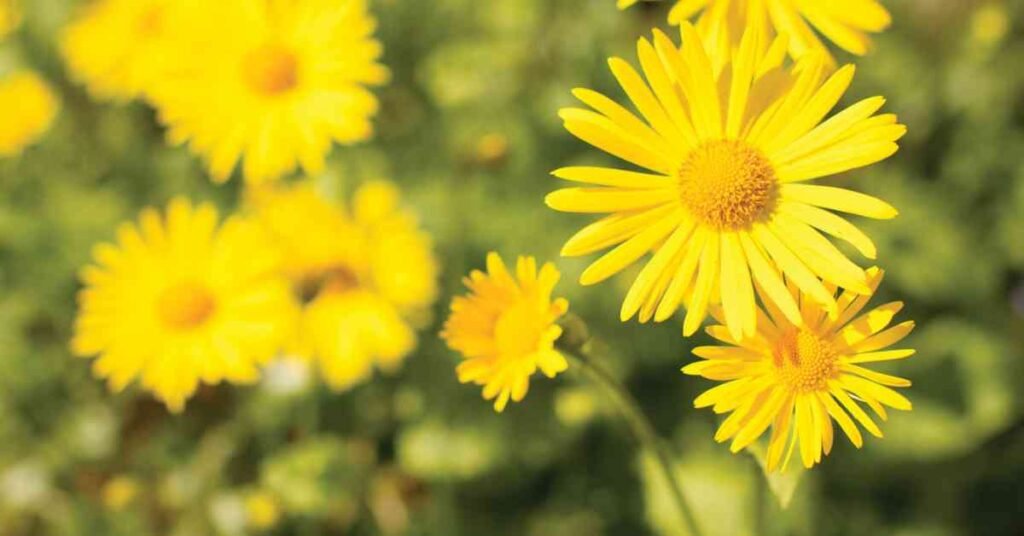
Conclusion
Yellow flowers, with their bright and cheerful appearance, bring a sense of joy and positivity to any setting. Whether used to symbolize friendship, new beginnings, or simply to add a splash of color, yellow flowers hold a special place in our hearts and gardens. From sunflowers to daffodils, their diverse varieties offer something for every garden and occasion. By understanding their symbolism, varieties, and care requirements, you can cultivate a beautiful and vibrant display of yellow flowers that will brighten your days and uplift your spirits.

